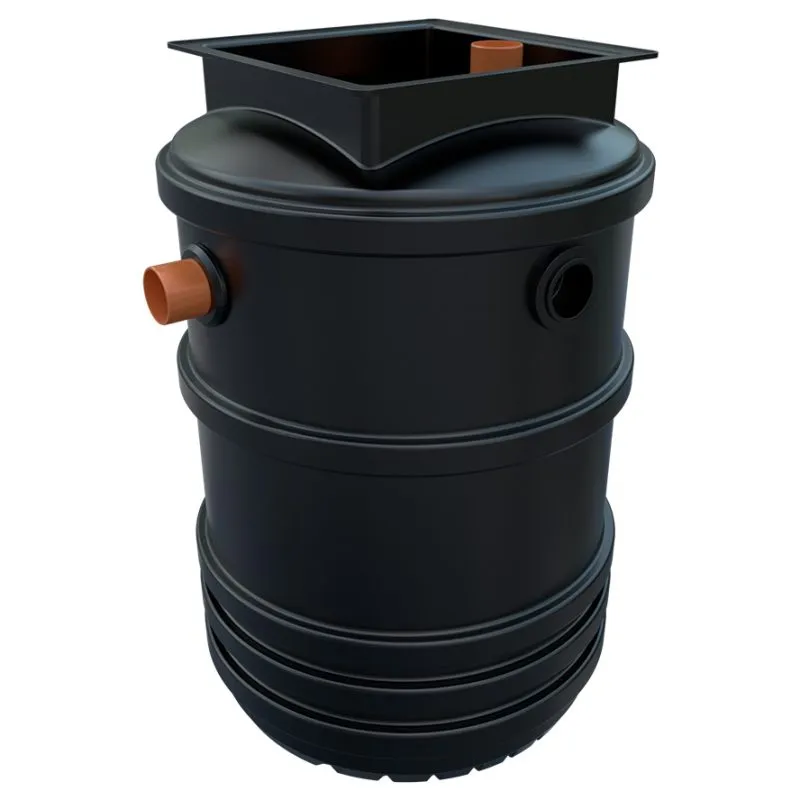Archaeologists Dug up a 3,500-Year-Old Lost City from the Americas’ Oldest Civilization
Here’s what you’ll learn when you read this story:
Archaeologists just unveiled the remains of a 3,500 year old city in Peru.
After eight years of research, experts have unearthed 18 structures so far, including residential homes and ceremonial temples.
Experts believe the city—since named Peñico—was once a thriving urban center optimized for trade with a connection to the Americas’ oldest civilization.
After eight long years of excavation and research, archaeologists finally unveiled a 3,500 year old city in Peru. Located in the Lima region, the city has since been named “Peñico,” meaning the city of social integration. Experts believe that the city’s builders strategically selected the location to facilitate trade between the coast, the highlands, and the jungle.
“This urban center developed following the cultural tradition of Caral,” Ruth Shady, director of the Caral Archeological Zone (ZAC), explained in a translated press release, referencing the Caral civilization, the oldest known civilization in the Americas. “Due to its strategic location, it connected settlements on the coast and in the Supe and Huaura mountains, as well as those living in the Andean-Amazonian territory and the high Andean region.”
The city sits nearly half of a mile above sea level and is surrounded by hills. According to experts, this would have optimized its monumentality, protected against disasters like flooding and mudslides, and promoted social interaction.
Researchers believe that the urban area was established around 1800 B.C., 1,200 years after the Caral civilization was established around 3000 B.C. According to the BBC, Shady noted that climate change had devastated the ancient civilization, and Peñico was likely a continuation of Caral, since the former emerged in the same area soon after the latter’s decline.
Aerial images of Peñico show off the stone and mud ruins of the once-prosperous city. So far, archaeologists have discovered 18 structures at the site, perhaps the most notable of which is a building known as B2. Part of the large central plaza, the section (according to the press release) stands out for its impressive structural reliefs and designs, including the depiction of “pututus”—conch shell trumpets that were an integral part of Andean society, and were used both during rituals and to convene meetings and make announcements.
The artifacts recovered from the public building were just as notable as the building itself. Jewelry, tools, figurines, and ceremonial objects were all discovered at the site, according to the press release. Evidence suggests that the B2 building would have been a center for administrative and ideological gatherings, meaning that it was likely the most important building in the city (though archeologists also uncovered other residential and ceremonial buildings).
Experts believe that the prosperity of Peñico could have been thanks to locals’ use of hematite—a mineral that was important to Andean society, and often used to make red pigment for activities like pottery painting. According to the release, experts at the site think that inhabitants of the ancient city may have extracted and circulated the resource, making it a key part of the trade network in the Supe Valley.
The discoveries at Peñico will not only enrich scholars’ understanding of the Supe Valley, but will serve as a tool for public education. At the Ministry of Culture’s press conference, Shady announced that Peñico is now one of the publicly-accessible archaeological sites managed by the ZAC. The ZAC also organized the first Peñico Raymi festival, which is scheduled for July 12. There, guests will be able to wander around an arts festival, celebrate local cultural heritage, and pay tribute to Pachamama (Mother Earth).
You Might Also Like
The Do’s and Don’ts of Using Painter’s Tape
The Best Portable BBQ Grills for Cooking Anywhere
Can a Smart Watch Prolong Your Life?













